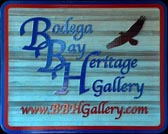 |
Homepage | Current Exhibit | Archives | Bodega Bay Heritage Gallery Monthly
|
|
 |
Homepage | Current Exhibit | Archives | Bodega Bay Heritage Gallery Monthly
|
|
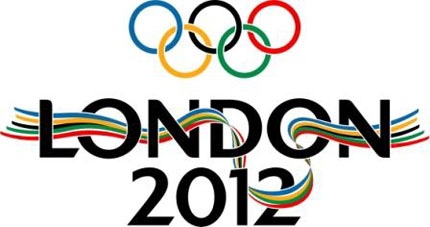 |
After the games, planning a trip to Great Britain? Visit London's Art Museums! |
|
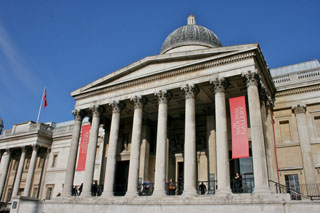 The National Gallery on Trafalgar Square |
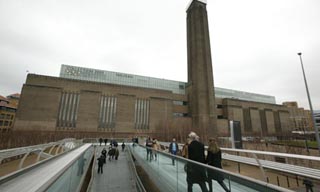 The Tate Modern at home in a refurbished power plant on the south bank of the Thames |
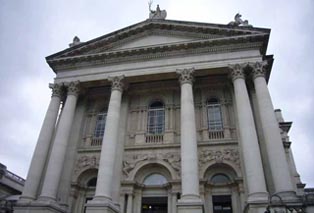 The Tate Britain, a brisk walk south from Parliament |
|
|
|
|
|
|
|
| http://www.ricksteves.com |
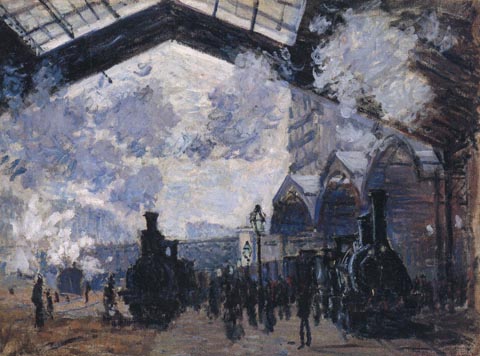 Claude Monet, The Gare St Lazare Station, 1877 The National Gallery |
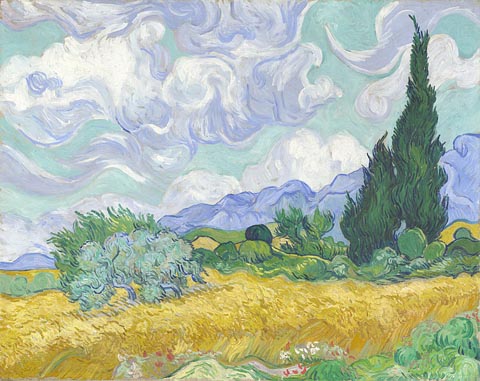 Vincent van Gogh, Wheatfield with Cypresses, The National Gallery |
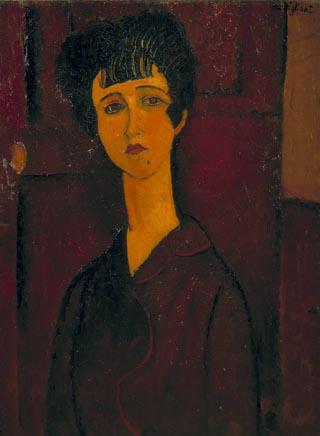 Amedeo Modigliani, Portrait of Victoria, 1916 The Tate Britain |
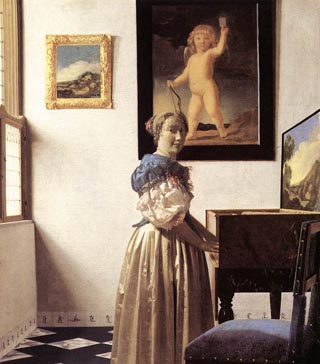 Johannes Vermeer, A Young Woman Standing at a Virginal, 1670-72 The National Gallery |
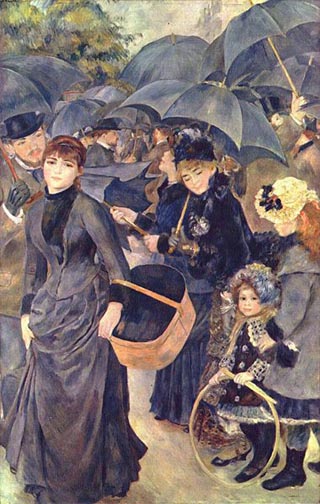 Pierre Auguste Renoir, The Umbrellas, 1881 - 86 The National Gallery |
 Jackson Pollock Summertime, Tate Modern |
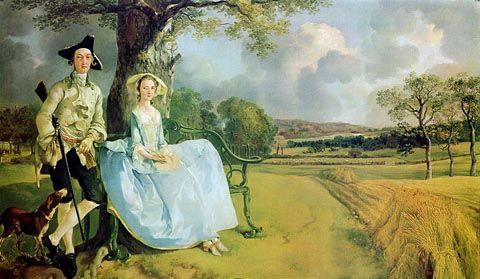 Thomas Gainsborough, Mr. and Mrs. Andrews, 1750 The National Gallery |
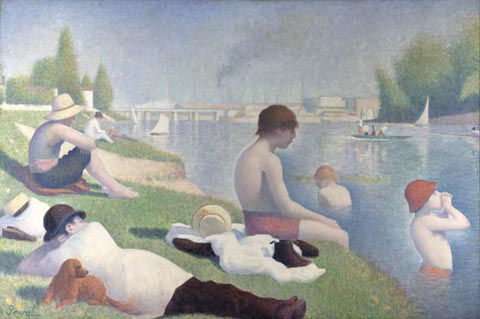 Georges Seurat, Bathers at Asnières, 1884 The National Gallery |
T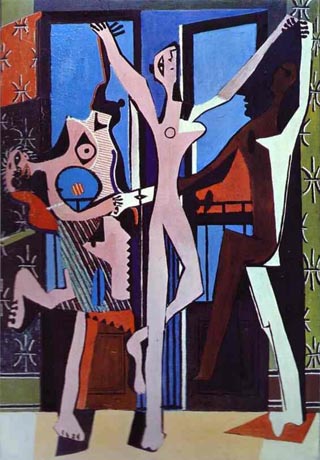 Pablo Picasso, The Three Dancers 1925 The Tate Britain |
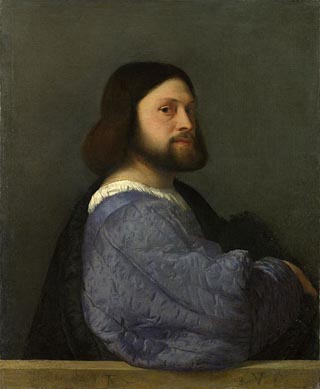 Titian, Man with the Quilted Sleeve, c 1509 The National Gallery |
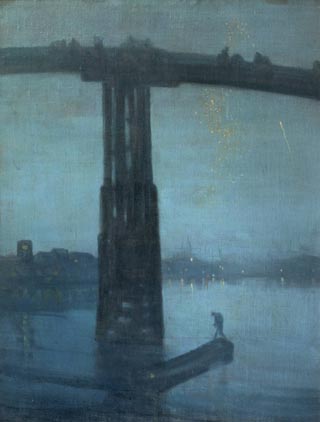 James McNeill Whistler , Blue and Gold -- Old Battersea Bridge 1872-75 The National Gallery |
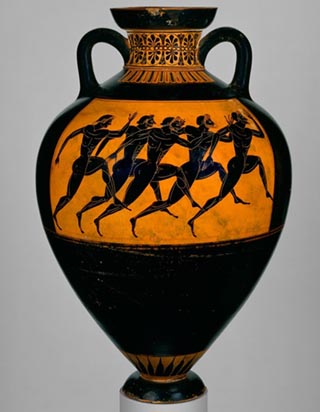 Stylized figures on an ancient ceramic urn, depicting scenes of the original Olympic games |
Ancients in the Modern Era
, Poster Art of the Modern Games, 1896 Onward |
|
|
||
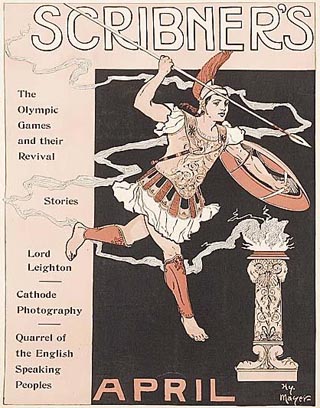 |
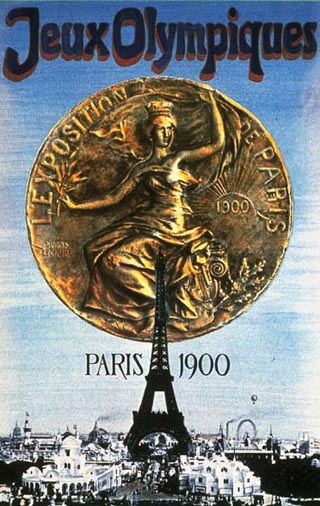 |
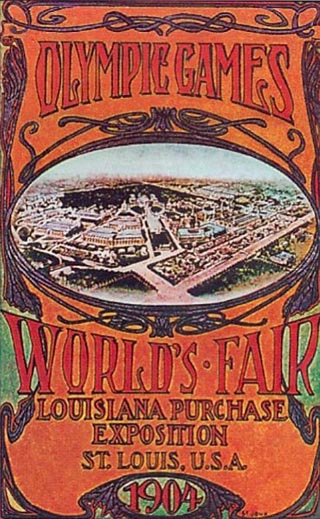 |
|
||
|
|
|
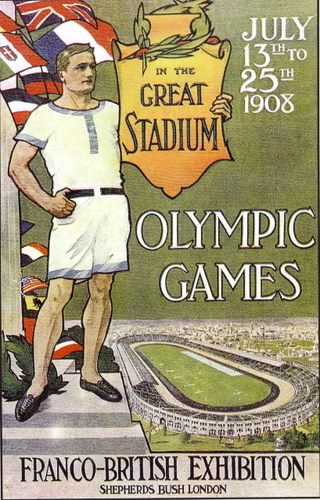 |
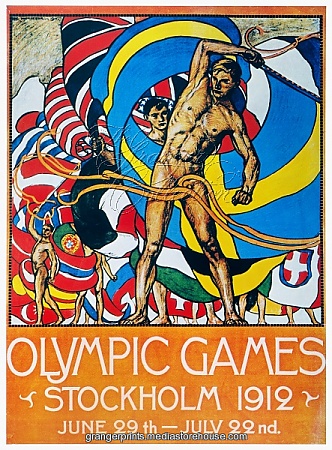 |
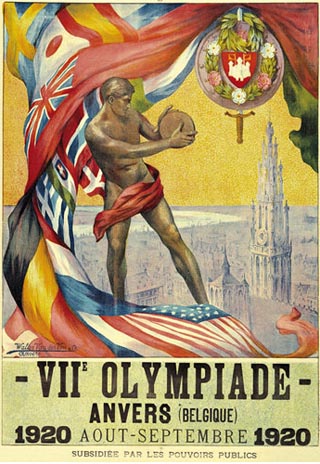 |
|
||
|
|
|
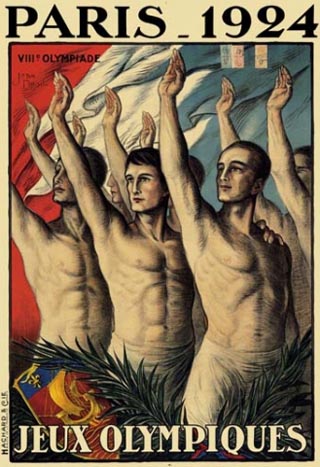 |
|
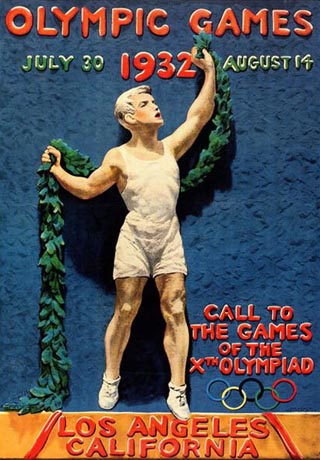 |
|
||
1924 Paris ... British runners Harold Abrahams and Eric Liddell (immortalized in the film Chariots of Fire) won the 100 and 400 meter sprinting events. Johnny Weissmuller won three gold medals in swimming and a bronze in water polo. These were the first games with a large media presence, with over 1000 journalists in attendance. The closing ceremonies were the first to include the flag of the host city, the next host city and the Olympic flag. |
1928 Amsterdam ... The Amsterdam Games marked a number of firsts for the Olympics. It was the first time the Olympic flame was left to burn during the entire Olympic Games. The parade of nations was lead by Greece, and they marched around a 400 meter track which made its first appearance in Amsterdam. |
1932 Los Angeles ... These games were impacted greatly by the Great Depression. More than half the participating nations in 1928 found it too expensive to send teams to far off Los Angeles. The star for the USA was Babe Didrikson who won gold medals in the javelin and hurdles events. The Los Angeles Memorial Coliseum was known as Olympic Stadium during the games, and the Rose Bowl was used for cycling events. |
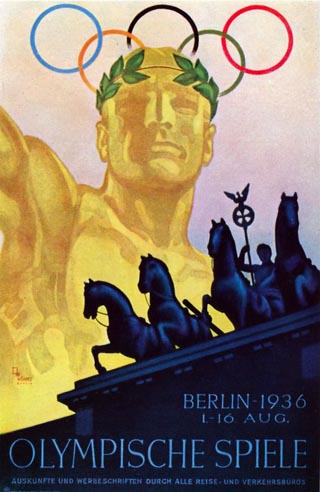 |
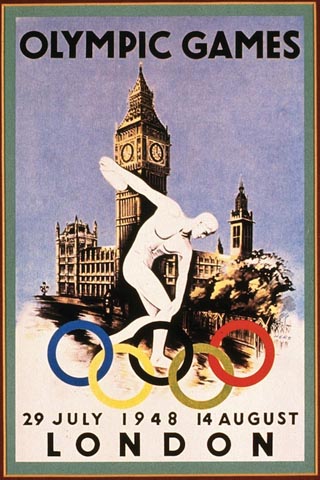 |
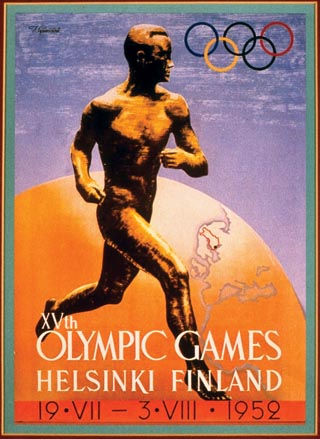 |
|
||
1936 ... Berlin Germany topped the 1932 Los Angeles games. Germany built a stadium accommodating 100,000 fans and six gymnasiums and numerous smaller venues. Htiler wanted to establish his vision of racial supremacy, excluding Jews and Blacks. When threatened with a boycott, Hitler relented and other races were allowed to participate. When American Jessie Owens won four gold medals in the sprinting and long jump events, it was a major embarrassment for Hitler. But in spite of his Olympic victories, Jessie Owens returned home to a segregated America. |
1948 ... London It had been twelve years since the world had gathered in peace to enjoy an Olympic Games. After years of war, the games of 1948 were greeted with a sense of global relief and celebration. But economic times were hard after the war, and these games became known as "The Austerity Games." No new venues were built. Because of the war, Germany and Japan were not invited to participate, and the Soviet Union still recovering from the war chose not to send a team. The main Olympic Stadium was Wembly Stadium, with a newly installed cinder track. |
1952 ... Helsinki A couple of important nations made their Olympic debut in Helsinki, the Soviet Union and the new nation of Israel. Germany and Japan were again welcomed as members of the family of nations. But world politics still was causing some alienation. Formosa withdrew from the games in protest of the participation of "The Republic of China." USA decathlon champion Bob Mathias was the first athlete ever to repeat as decathlon champion. More world records were broken at these games than ever until the games in Beijing in 2008. |
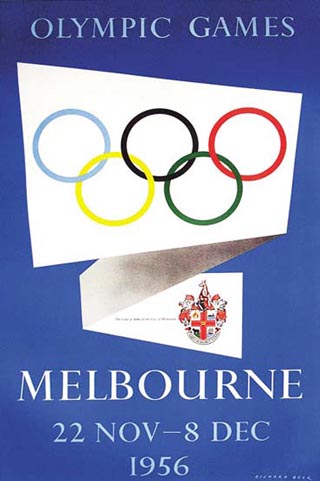 |
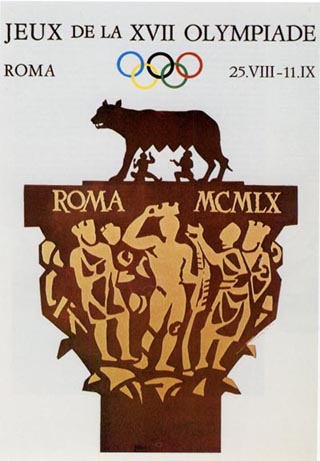 |
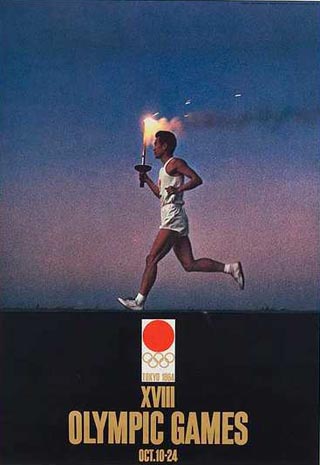 |
With the Olympics being held in far off locations like Melbourne, Australia and Tokyo, Japan, the Olympics truly became a global event. Also, the mid 50's and early 60's allowed for the Olympics to be broadcast on television. Reports of the Olympics, although done on film and transported by air, pictures and commentary of the games reached viewers who had never witnessed them before. As advances in television allowed for color and satellite transmission, interest in the games grew stronger. |
||
1956 Melbourne ... A small portion of the Melbourne games were held in Stockholm, Sweden five months earlier. The equestrian events could not be held in Australia due to quarantine laws. A new Olympic tradition began in Melbourne. During the closing ceremonies, athletes were allowed to march in together, and not restricted to their national groups as a symbol of world unity. |
1960 Rome ... The American team was anchored by two larger than life athletes. Wilma Rudolph who had been a former polio patient won three gold medals and was acclaimed as the fastest woman in the world. Cassius Clay, later known as Muhammad Ali,won the light heavyweight gold medal in boxing. 1960 was the final appearance of South Africa's team under the apartheid regime. They weren't allowed in competition again until 1992. The USA gold medal winning basketball team included future NBA hall of fame legends Jerry Lucas, Oscar Robertson and Jerry West. |
|
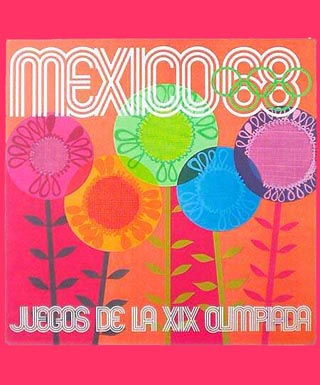 |
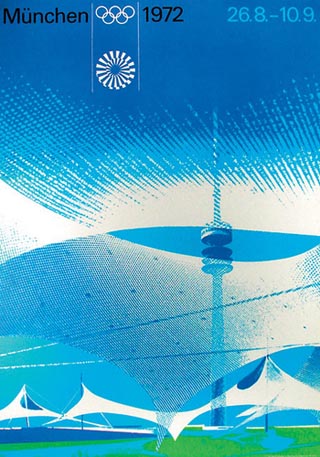 |
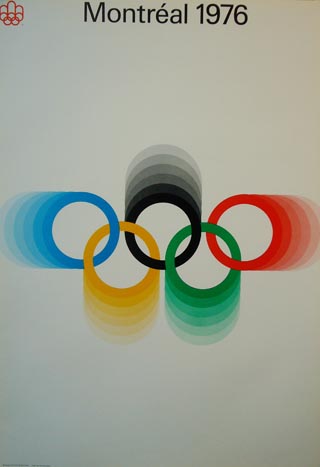 |
|
||
|
1972 Munich ... Germany went all out to put on a first class modern games, devoid of the political show staged in Berlin 36 years earlier. The games made famous the names of athletes Mark Spitz, Olga Korbut, Dave Wottle, Dan Gamble and Frank Shorter. But their triumphs were overshadowed by the Palestinian terrorist group called Black September who kidnapped and killed 11 members of the Israeli team. In the end, five of the eight terrorists were killed as they were attempting escape while being helicoptered to a nearby airport. In a now famous announcement, a weary Jim McKay of ABC Sports announced the sad news, "Our worst fears have been realized tonight. They've now said that there were eleven hostages. Two were killed in their rooms yesterday morning, nine were killed at the airport tonight. They're all gone." |
|
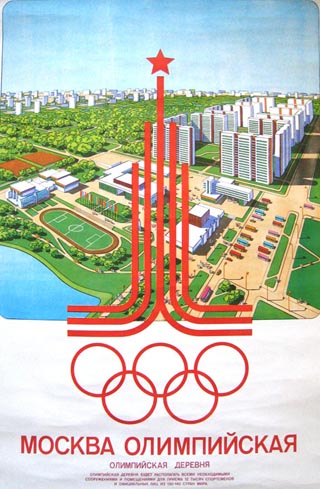 |
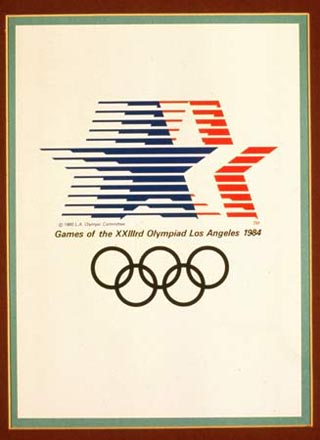 |
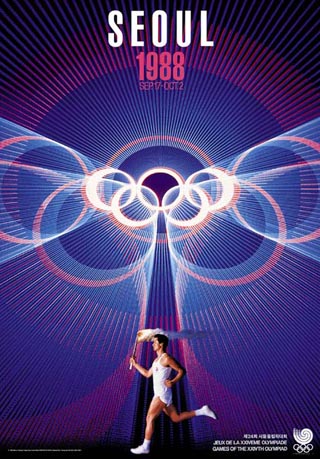 |
During the 1980's, the Olympics were as politicized as ever. Because of the Soviet invasion of Afgahnistan, the USA boycotted the Moscow Games in 1980. In 1984, the USSR reciprocated by boycotting the Los Angeles Games. Americans fans who had grown accustomed to ABC's ground breaking Olympic television coverage had to endure only the skimpiest of coverage of the Moscow games. Those same fans cheered wildly during the Los Angeles Games four years later, laden with record breaking numbers of gold medals, all awarded without competition from the USSR. |
||
|
1984 Los Angeles ... In response to the USA boycott of the Moscow Olympics, the USSR and the East German teams lead 14 Eastern Bloc nations in boycotting the games in Los Angeles, although the women's gymnastic powerhouse of Romania did send a team. Determined not to incur debt, the American Olymic Committee recruited Peter Ueberroth as its chairman. Existing venues were cleaned up and used including the Los Angeles Coliseum, originally built for the 1932 games, and the nearby Rose Bowl in Pasadena. American achievements at the games were numerous, including gold medals won by track star Carl Lewis, hurdler Edwin Moses, and gymnast Mary Lou Retton. The USA Dream Team included NBA stars Michael Jordan, Patrick Ewing, and Chris Mullin. |
1988 Seoul ... These games marked the the end of major nation boycotts. Not since the '76 games in Montreal had Americans and Russian athletes competed against each other. Doves were released during the opening ceremonies, but in a bad bit of planning or bad luck, a number of the doves were burned to death when the Olympic Flame was ignited. These were also the last games to hold the opening ceremony in the daylight. Opening ceremonies afterward were moved to the evening to avoid blistering summer sunlight. Americans winning gold included track star Florence Griffith Joyner and diving sensation Greg Louganis. Canadian sprinter Ben Johnson set a world record in the 100 meters, but was disqualified for a positive drug test for stanozolol. |
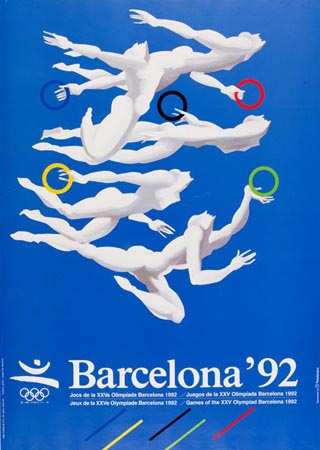 |
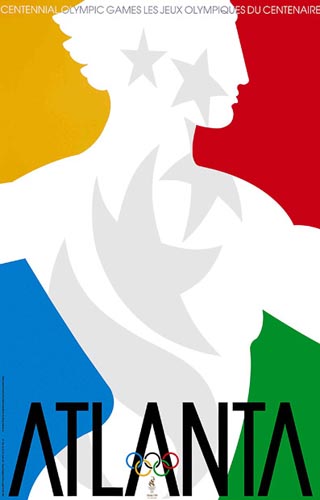 |
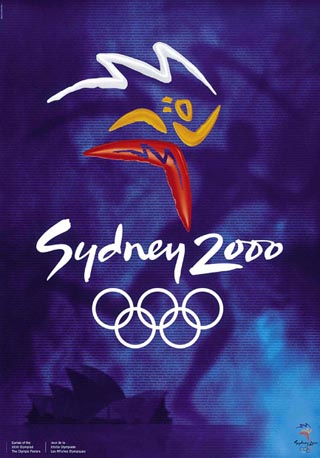 |
The games of the 1990's and the year 2000 were relatively calm of the boycotts of the 1980's. Atlanta's games were marred by a pipe bomb going off in Centennial Park in Atlanta, killing an olympic spectator, Alice Hawthorne, and causing the death of another nearby due to a heart attack. As bad as this event was, it certainly did not rise to the level of violence of the terroritst events in in 1972 in Munich. The games in Barcelona and Sydney were fortunate, both being quite peaceful and successful events. |
||
1992 Barcelona ... With the end of the cold war, there were no boycotts of the games in Barcelona. South Africa had dissolved its apartheid policy and sent a team for the first time since the 1960 games in Rome. The Soviet Union had broken up, and most of the former republics of the Soviet Union participated under a banner called the Unified Team, although Estonia, Latvia and Lithuania each sent their own separate teams. Germany had also reunited and sent a single German Team, the first since the 1936 Olympics. In a memorable moment, the Olympic Flame was lit by Para-olympic archer Antonio Rebollo. The American Dream Team in Basketball included NBS legends Michael Jordon, Magic Johnson and Larry Bird. |
1996 Atlanta ... Atlanta's reliance on corporate sponsorship lead to criticisms that the games were overly commercialized. American fans were said to have been excessively loud drowning out background music for Russian and Romanian gymnasts. But one of the highlights of the games was the lighting of the Olympic flame by Mohammed Ali who had won the Olympic Gold Medal for light-heavyweight boxing 36 years earlier in Rome. Atlanta was not free of terrorism, although it was not impacted nearly as severely as the games in Munich in 1972. A pipe bomb went off in Centennial Olympic Park killing one woman and injuring 111 others. Today, Atlanta is most pleased with having hosted the games, citing the experience as Atlanta's emergence onto the world stage as a truly cosmopolitan city. |
2000 Sydney ... The Aborigines of Australia speak of their prehistoric times going back many thousands of years as "Dream Time." These Aboriginal roots were celebrated in the Olympic poster above, with boomerangs forming artistic angles. At the opening ceremonies, Australia's Aboriginal roots were displayed along with its European immigration past as a British penal colony. The Olympic flame was lit by Cathy Freeman, an Australian Aborigine who later won the Women's 400 meters. Australians embraced this opportunity to shine in the international light. They love to be hospitable, and are sportsmen of the first degree. They are one of two nations to participate in every modern games since 1896. |
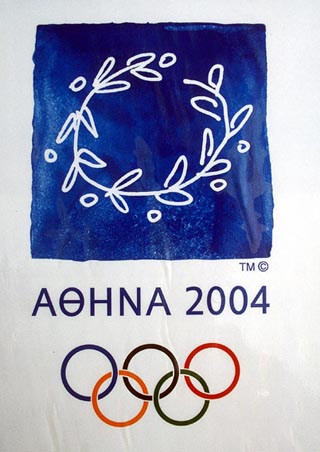 |
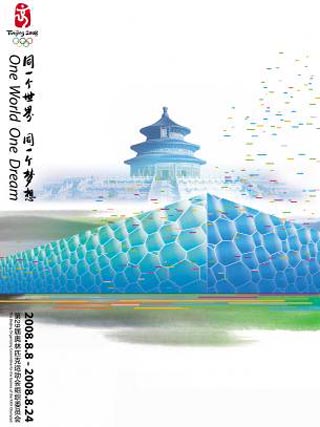 |
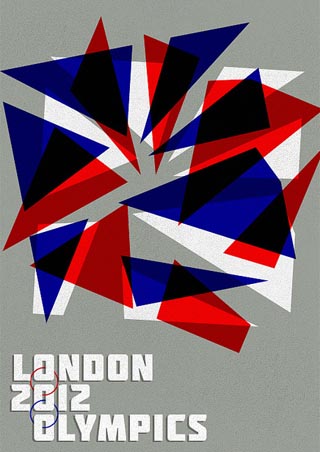 |
|
||
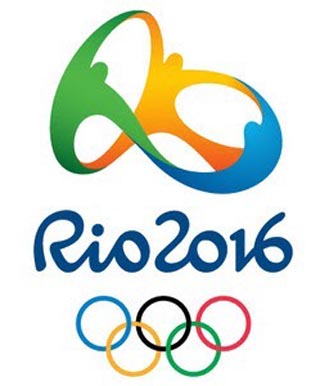 |
|
|
|
||
 |
 |
|
|
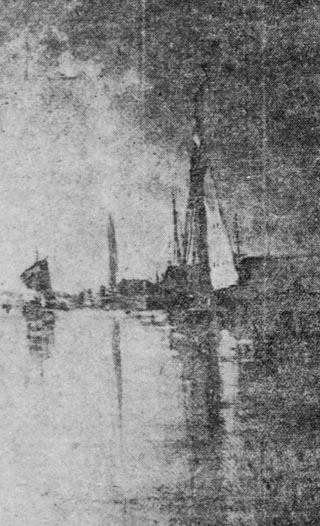 Caption ... "One of Bertha Stringer Lee's Impressions of the of the waterfront of San Francisco, a pretty bit that has feeling and shows good color sense." |
|
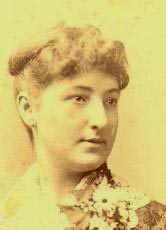 |
|
Carmel by the Sea by Bertha Stringer Lee Now on view at Bodega Bay Heritage Gallery |
|
||
|
||
| News from our Gallery | |||
|
| What's showing in Bodega Bay? | ||
 |
Bodega Bay Heritage Gallery 1785 Coast Highway One, Bodega Bay, CA 94923, 707-875-2911 | Map & Location Celebrating Early California, Western and American Art - original paintings by famous artists of the past now on exhibit ... Jack Stuppin: Songs of the Earth, the Joy of Color (also printbins of unframed vintage block prints, lithographs and watercolors) plus Bodega Bay resident artists Jean Warren (watercolors), Diane Perry (photography), and Linda Sorensen (oil paintings) |
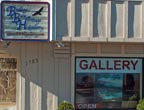 |
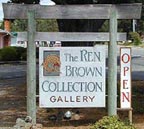 |
The Ren Brown Collection |
|
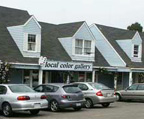 |
Local Color Artist Gallery |
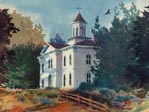 |
| What's showing nearby? in Sonoma, Napa & Marin Counties |
||
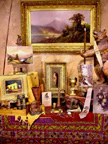 |
IN DUNCANS MILLS Christopher Queen Galleries |
 |
 |
IN DUNCANS MILLS Quercia Gallery |
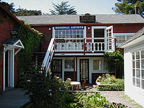 |
 |
IN Santa Rosa The Annex Galleries specializing in 19th, 20th, and 21st century American and European fine prints The Annex Galleries is a member of the International Fine Print Dealers Association (IFPDA). http://www.AnnexGalleries.com | Back to the Top |
|
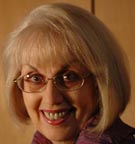 Lee Youngman |
IN CALISTOGA the Lee Youngman Gallery |
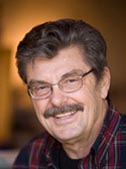 Paul Youngman |
IN TOMALES Tomales Fine Art |
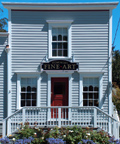 |
|
 |
IN FORESTVILLE The Quicksilver Mine Co. |
|
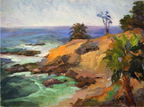 |
IN GRATON Graton Gallery |
 |
 |
IN BODEGA Bodega Landmark Gallery Collection 17255 Bodega Highway Bodega, California USA 94922 Phone 707 876 3477 http://www.artbodega.com | Lorenzo@ArtBodega.com | Back to the Top |
|
|
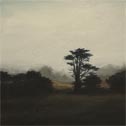 |
|
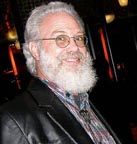 |
IN PETALUMA Calabi Gallery |
 |
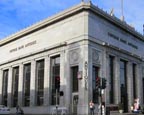 |
IN PETALUMA Vintage Bank Antiques Vintage Bank Antiques is located in Historic Downtown Petaluma, corner of Western Avenue and Petaluma Blvd. It is listed on the National Register of Historic Places. Warren Davis and the rest of the team at Vintage Bank Antiques has assembled a spectacular inventory of paintings. From the 18th Century to Contemporary Artists. We have paintings to suit every price point and collector level. If you have a painting for sale, please consider Vintage Bank Antiques. Contact Warren Davis directly at WarrenDavisPaintings@yahoo.com 101 Petaluma Blvd. North, Petaluma, CA 94952, ph: 707.769.3097 http://vintagebankantiques.com | Back to the Top |
|
 |
IN PETALUMA Petaluma Arts Council |
 Petaluma Art Center Photo:Anita Diamondstein |
Links to current museum exhibits relevant to Early California Art |
|||
| The Greater Bay Area | |||
| The Walt Disney Family Museum (See their new website!) This marvelous museum tells Walt's story from his early days through his famed "Mouse Factory" & the Magic Kingdom. (on the Parade Grounds) 104 Montgomery Street, The Presidio of San Francisco, CA 94129 -- view locaiton on Google Maps -- |
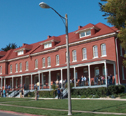 |
San Francisco de Young Museum The Fashion World of Jean Paul Gaultier: From the Sidewalk to the Catwalk through - Aug 19 |
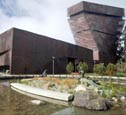 |
| San Francisco California Historical Society A Wild Flight of the Imagination Story of the Golden Gate Bridge through Oct 14 |
 |
San Francisco |
 |
San Francisco Contemporary Jewish Museum California Dreaming Jewish Life in the Bay Area from the Gold Rush to the Present through Oct 16 |
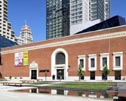 |
Oakland |
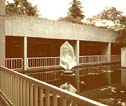 |
San Francisco |
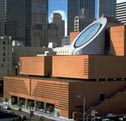 |
Santa Rosa |
 |
Santa Rosa |
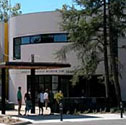 |
Moraga Hearst Art Gallery The Nature of Collecting: The Early 20th Century Fine Art Collection of Roger Epperson July 8 - September 16 |
 |
| Sonoma Mission San Francisco de Solano Museum featuring the famed watercolor paintings of the California Missions by Christian Jorgensen |
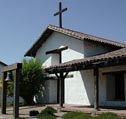 |
Sonoma |
 |
| Ukiah Grace Hudson Museum Out of the Comfort Zone: New Directions in Quilting through Jul 29 http://www.gracehudsonmuseum.org |
 |
Bolinas Bolinas Museum featuring their permanent collection, including Ludmilla and Thadeus Welch, Arthur William Best, Jack Wisby, Russell Chatham, Alfred Farnsworth. (thumbnail right ... a portion of Elizabeth Holland McDaniel's Bolinas Embarcadero. The green roof building on Wharf Street is the Bolinas Museum) |
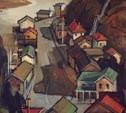 |
Walnut Creek |
 |
San Jose |
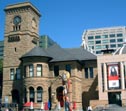 |
Monterey |
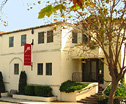 |
|
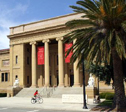 |
| Sacramento Crocker Art Museum Red Hot and Blown: Contemporary Glass from the Crocker's Collection through - Sept 23 Mark your calendars ... American Chronicles: The Art of Norman Rockwell, Nov 10 - Feb 3, 2013l |
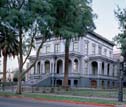 |
Sacramento Capitol Museum Governor's Portrait Gallery Permanent Exhibits |
 |
| Stockton's Treasure! The Haggin Museum "if you've not visited yet, you must go!" -Largest exhibition of Albert Beirstadt paintings anywhere, & California, American and European impressionists. and there's more ... -Joseph Christian Leyendecker, (Norman Rockwell's mentor) a trailblazing cover artist for the Saturday Evening Post see our Newsletter article, April 2011 |
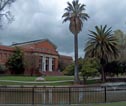 |
||
| Southern California (and Arizona) | |||
Los Angeles |
 |
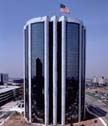 |
|
Santa Barbara |
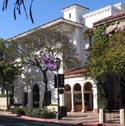 |
Palm Springs |
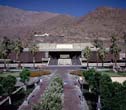 |
| San Diego San Diego Museum of Art Permanent Collection |
 |
Pasadena |
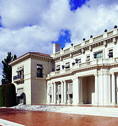 |
Pasadena |
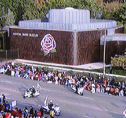 |
Pasadena Museum of California Art Edgar Payne: The Scenic Journey June 3 - Oct 14 |
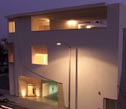 |
| Long Beach, CA Long Beach Museum of Art Buena Vista: California Painters in Mexico (works by Tom Craig, Ralph Hulett, Millard Sheets, Milford Zornes, Frederic Whitaker, George Post, Ken Potter) through Nov 4 |
 |
Prescott, AZ Phippen Museum |
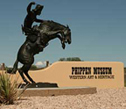 |
| Flagstaff, AZ Museum of Northern Arizona Permanent Collection |
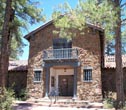 |
||
| & Beyond | |||
| Seattle, WA Seattle Art Museum |
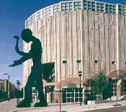 |
Portland, OR |
 |
| Washington D.C. The Renwick Gallery Permanent ... Grand Salon Paintings from the Smithsonian American Art Museum |
 |
Chicago, IL Art Institute of Chicago Permanent collection: the Impressionists |
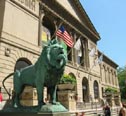 |
| Cedar Rapids, IA The Cedar Rapids Museum of Art Grant Wood: In Focus is an ongoing permanent collection exhibition. upcoming ... Marvin Cone: An America Master Sep 29 - Jan 30, 2013 |
 |
Bentonville, AR Crystal Bridges Museum of American Art |
 |
| Washington D.C. The National Gallery Permanent collection American Paintings upcoming ... George Bellows (1882–1925) June 10–October 8, 2012 |
 |
Philadelphia , PA The Philadelphia Museum of Art Jun 20 - Sep 3
|
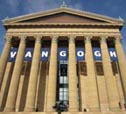 |
| Philadelphia , PA Barnes Foundation, Philadelphia Campus Opening May 19 |
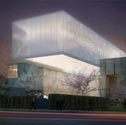 |
Brooklyn, NY The Brooklyn Museum American Art Permanent Collection |
 |
| New York , NY The Whitney Museum of American Art The largest selection of works by Edward Hopper |
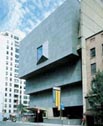 |
||